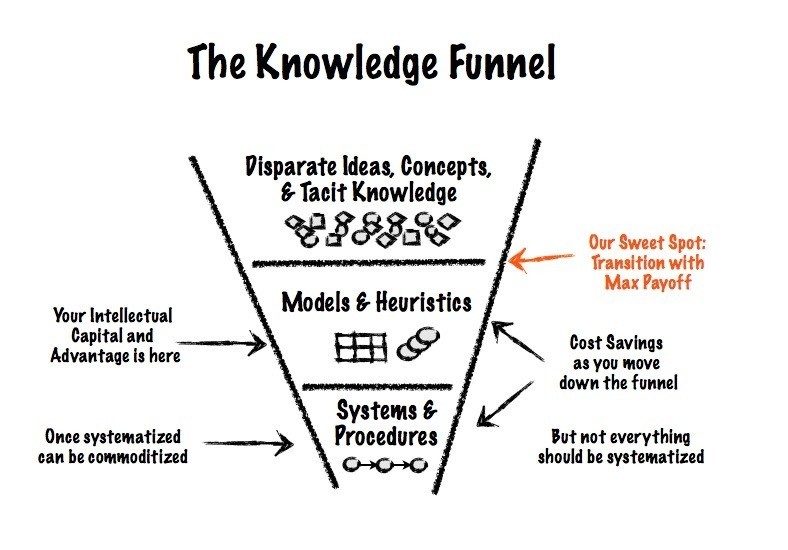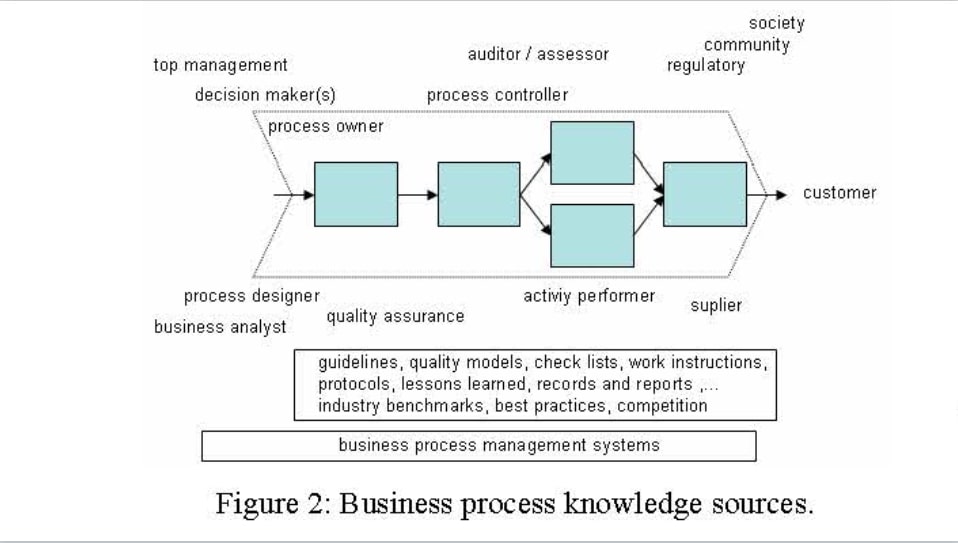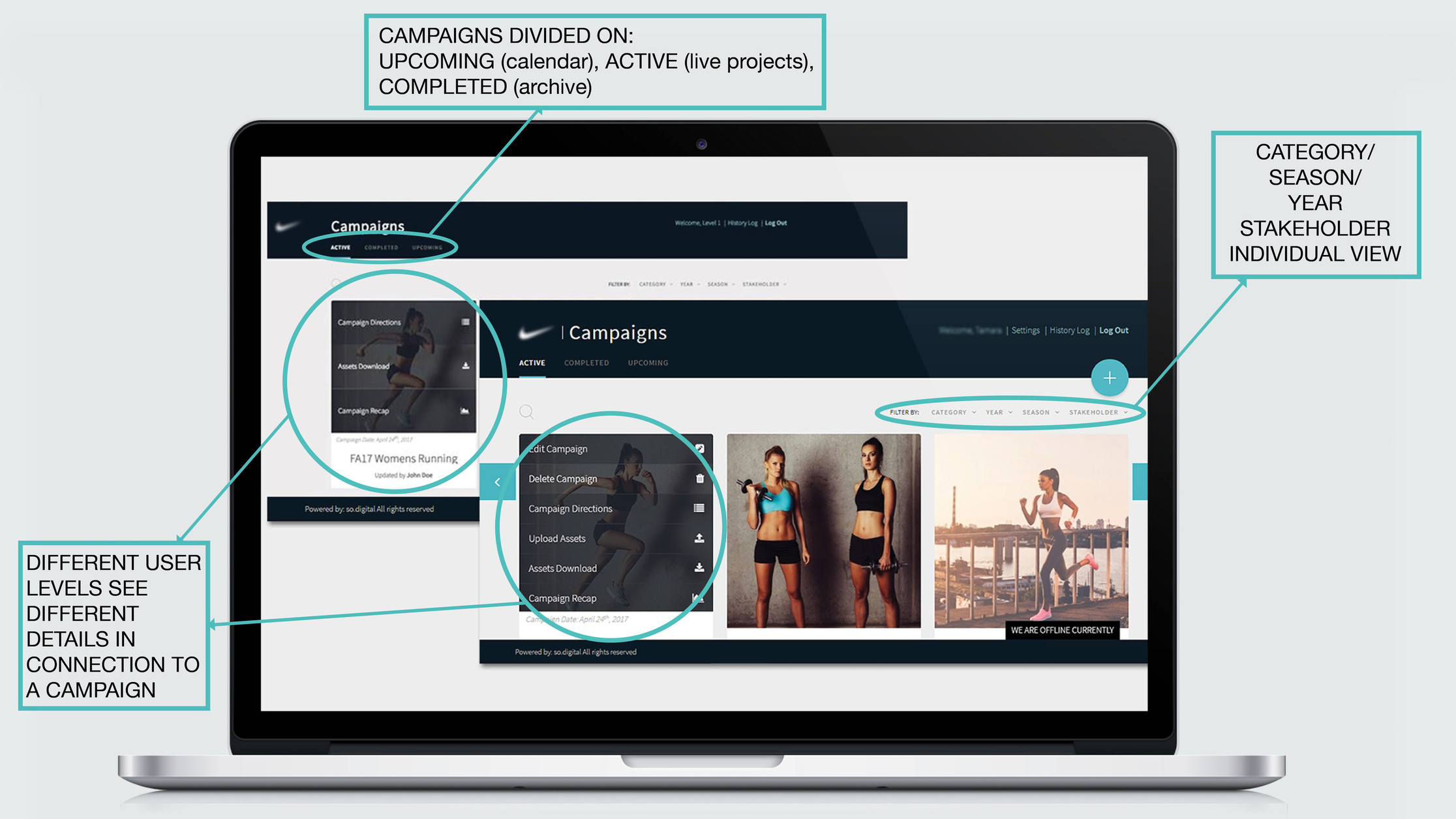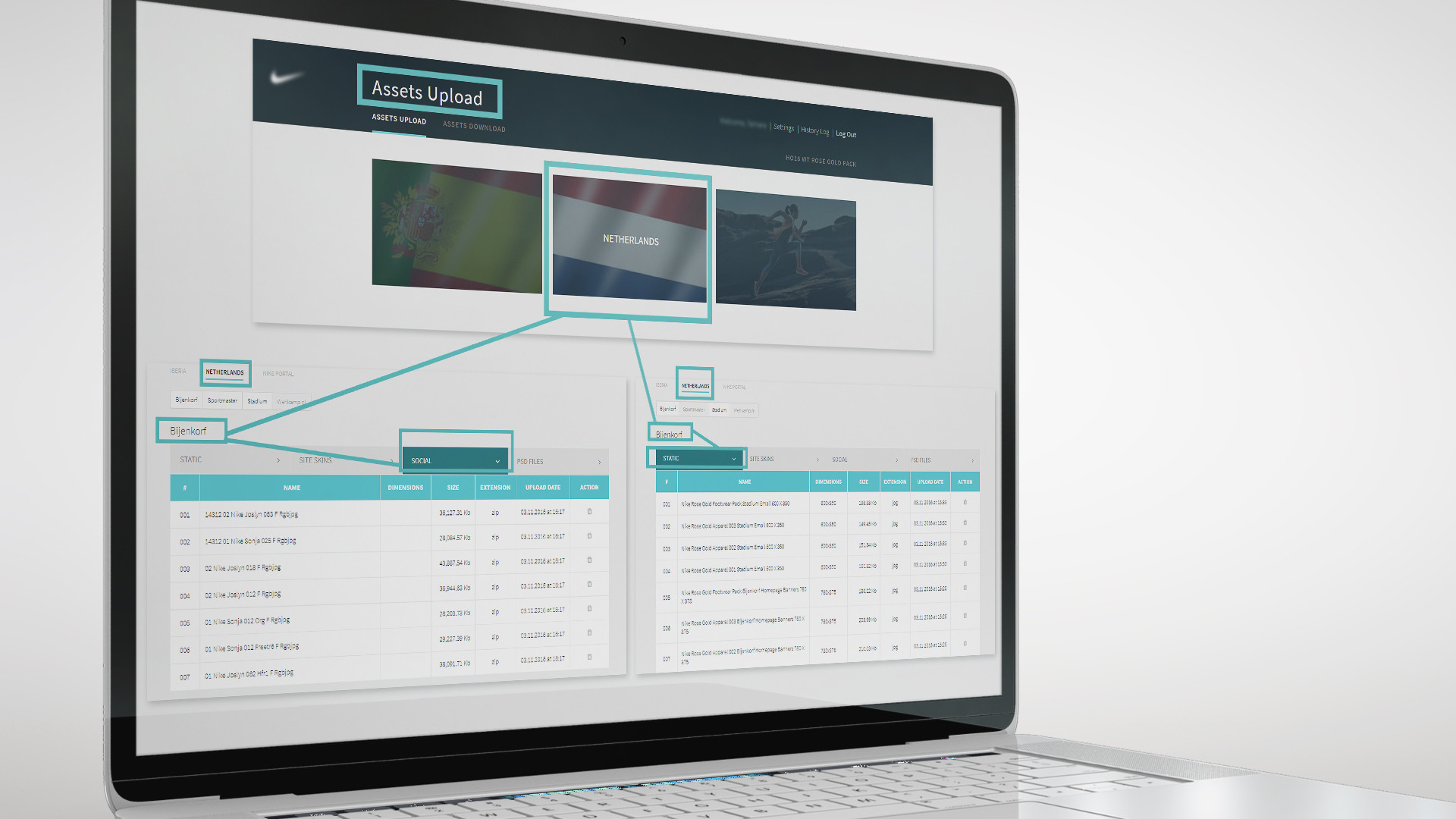We specialise in serving headquarters of global brands, helping them cut complexity costs in strategy execution across markets and fulfil their corporate role as scale economisers and advantage accelerators. Leverage our consulting expertise, technology solutions and remote talent resources to create organisational simplicity, scalability and efficiency in multi-market operations.
Transforming global brand marketing, creative and eCommerce function into a competitive advantage
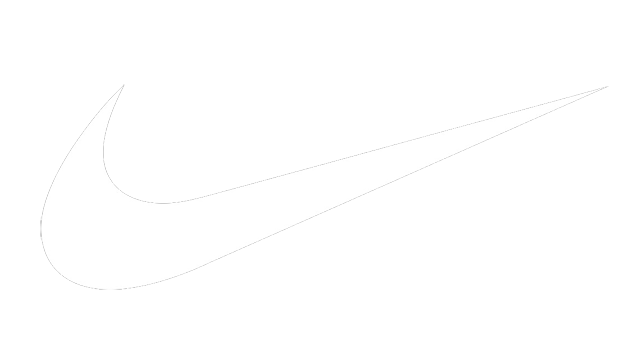 (EMEA) 14 markets
(EMEA) 14 markets
 (EMEA) 47 markets
(EMEA) 47 markets
 (EMEA) 17 markets
(EMEA) 17 markets
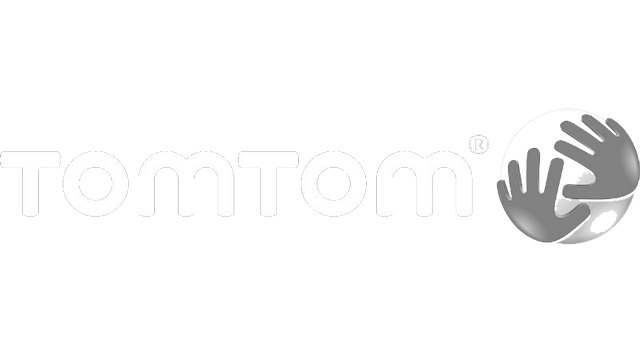 (WHQ)
(WHQ)
Knowledge Economy, Knowledge Workers , Types of Knowledge and Know-how
Innovation and knowledge have always been important to the economy, but some economists argue that in the past few decades the modern economy is becoming more knowledge-based. This is shown by the rise in high-tech industries, the growth of the service sector, rise in self-employment and an increase in the number of patents. “The knowledge based economy” is an expression coined to describe trends in advanced economies towards greater dependence on knowledge, information and high skill levels, and the increasing need for ready access to all of these by the business and public sectors (OECD). It is based on the production, propagation, and use of knowledge, which, generating innovations in all spheres, becomes a key resource and the locomotive of economic development.
Knowledge workers are workers whose main capital is knowledge. They are basically all white-collar workers, whose line of work requires the one to "think for a living". Knowledge work can be differentiated from other forms of work by its emphasis on "non-routine" problem solving that requires a combination of convergent and divergent thinking. Knowledge workers may be said to think for a living, rather than performing manual or interpersonal tasks. While most jobs require some degree of knowledge work, employees designated as knowledge workers are generally differentiated by their ability to solve problems and develop new resources in their specific field of expertise.
Know-how (or knowhow) is a term for practical knowledge on how to accomplish something smoothly and efficiently
The field of knowledge management identifies two main types of knowledge. Explicit knowledge is knowledge or skills that can be easily articulated and understood, and therefore easily transferred to others (this is also called formal or codified knowledge). Anything that can be written down in a manual - instructions, mathematical equations, etc. - qualify as explicit knowledge. Tacit knowledge, by contrast, is knowledge that is difficult to neatly articulate, package, and transfer to others. These are usually intuitive skillsets that are challenging to teach, such as body language, aesthetic sense, or innovative thinking. (A third knowledge type is implicit knowledge, which is information that has not yet been codified or transferred, but that would be possible to teach. Implicit knowledge is different from tacit knowledge, which is unlikely to be able to be codified. Know-how (or knowhow) refers to practical knowledge on how to accomplish something smoothly and efficiently or how to actually accomplish a task, process to produce an intended result. Know-how is often tacit knowledge, which means that it is difficult to transfer to another person by means of writing it down or verbalising it. Know-how is often synonymously used for expertise in a certain field.
Know-how is often tacit knowledge, which means that it is difficult to transfer to another person by means of writing it down or verbalising it
Knowledge as an Organisational Asset, Organisational Memory and Organisational Design (Dis)Incentives for Knowledge Internalisation
In today’s competitive and global business environments, knowledge is recognised as one of the most important strategic assets for modern organisations. For modern organisations, knowledge is increasingly being seen as a strategic resource that needs to be created and harnessed effectively in order for the organisation to survive and achieve competitive advantage. It is believed that managing this strategic resource can enable an organisation to achieve particular benefits such as minimisation of costs, innovation of products, product development procedures, improved quality, flexibility in a dynamic market and improved customer service. Organisations must treat knowledge as an asset, but it’s not enough to simply hire skilled employees. Instead, successful companies should build in processes to store, grow, and share knowledge to increase the knowledge base of the overall workforce. For organisations to be successful, they must be capable of continuously acquiring, assimilating, disseminating, sharing and using knowledge.
For organisations to be successful, they must be capable of continuously acquiring, assimilating, disseminating, sharing and using knowledge.
Organisational memory refers to the storage of a company's collective expertise and experience that is cultivated through human and technological networks for improving organisational performance. A knowledge-sharing environment gives employees access to the most innovative and creative ideas that exist within the company and translates into significant business opportunities for the organisation. Where tacit knowledge can be made explicit, by codifying it as a computer program, a recipe, a formula or even a product specification, then personal knowledge becomes organisational knowledge and becomes a part of an organisational memory. The tacit knowledge, personal expertise is internalised - acquired by the company making it a true organisational asset. So only tacit knowledge that is made explicit by codifying within, for example, a computer program can become a part of organisational memory and organisational assets.
Only tacit knowledge that is made explicit by codifying within, for example, a computer program can become a part of organisational memory and organisational assets.
But people will not pass on their tacit knowledge if it means losing their bargaining power and control of their work, or if they believe it will endanger their own job security. People exchange their insights and know-how in a culture based on trust or if they gain some personal benefit from doing so. The types of incentive schemes currently in operation reward group performance, but they also indirectly and unwittingly encourage competition between members in a group, and discourage sharing of knowledge across technological groups. It is for example unlikely that employees will voluntarily share the hard-earned insights and expertise that make them valuable. Key determinants whether company will be able to manage knowledge as an asset are : business process management, knowledge management and organisational design. Organisational design in particular can (dis)inceltivize knowledge sharing and internalizations, transference from tacit - individual employee knowledge and expertise into an institutionalized company knowledge. This of course is what sets up organisations for success or failure - whether and how well they're able to advance, internalise the knowledge in the shape of business processes. This is well described in a book by Roger L. Martin, "The Design of Business: Why Design Thinking is the Next Competitive Advantage".
But people will not pass on their tacit knowledge if it means losing their bargaining power
The Knowledge Funnel, Hunch, Heuristic and Algorithm.
Author introduces the concept of "Knowledge Funnel", describing the path how business advance knowledge and capture value. Knowledge moves from Mystery (Question) to Heuristics (rule of thumb) to an Algorithm (standardised practice) or from a Question to Standardised Operation (eg. McDonalds stamping out hamburgers with predictable and guaranteed outcome accuracy and predictability). Hunches are pre-linguistic intuitions. Heuristics are incomplete, yet distinctly advanced understanding of what was previously a mystery, an open-ended prompts to think or act in a particular way (look in the rear-view mirror before passing) which contain a promise that, all things being equal, using the rule of thumb described and in context it is meant for may, on average, have a better outcome than not using it. (eg. you probably won't be hit by a car). Algorithm being an explicit step by step procedure for solving a problem, which simplify, structure and codify the heuristics to the degree that anyone with an access to the algorithm can deploy it with more or less equal efficiency. So basically, algorithm, unlike a heuristic contains a performance guarantee, as they are certified production processes. Corporations thrive on algorithmic knowledge which enables them to scale their operations and grow. According to the author the ability of company to grow basically depends on the capacity of a company to move/drive the knowledge from a mystery to an algorithm. Basically, the company's business depends on the ability to process conversions of heuristics to algorithms or from "rules of thumb" to "codified" operations.
Branding Knowledge, Matrix Organisational Design & Knowledge Advancement (In)ability
Back in 2000s P&G was experiencing one of the worst episodes, and one of the things noticed was the fact that like in many large corporations there was an army of highly paid and talented managers who spent their days running the same heuristics process over and over. High level intellectual exercise requiring considerable personal insight and judgment (based on experience) on which their companies depend on for them to provide. It turned out that within P&G most of knowledge which was of pivotal company value, like brand development and commercialisations was actually NOT institutionalised.
Without internalisation of tacit knowledge and conversion into institutional one, conversion of individual or better said collective expertise(s) into business processes, it is impossible for an organisation to scale its operations and capture or create new value.
As they found out the crucial branding knowledge resided in tales and heads of senior managers who, by organisational design and reward systems, actually were not incentivised to convert it to algorithms but rather guard it for themselves. Why? Well, because once converted to algorithm that meant that work could be run (done) by a lower paid staff. In a matrix organisational design which was actually envisioned for slots filled with fungible (replaceable) personnel this meant and means personal danger. From that perspective knowledge (which is paid senior management salary) gets commoditised.
But, without commoditisation of these heuristics to algorithms, it is impossible for an organisation to advance to new mysteries. Without internalisation of tacit knowledge and conversion into institutional knowledge, conversion of individual or better said collective expertise(s) into processes, it is impossible for an organisation to scale its operations and capture or create new value. Effectively, it is impossible for an organisation to grow or perform better, either on a level of an individual corporate function or the level of an entire corporation.
Brand development, brand management and branding execution exists only in the form of heuristics - tacit knowledge of selected individuals.
How Corporates Keep Losing Key Branding Expertise and Why Digitisation of Marketing Environment Makes Consequences Even Worse
P&G case is more of a rule than exception. Branding management, branding execution and branding function in most if not all global organisations is a highly non-process driven function. Meaning, that key brand development, brand implementation and general branding execution knowledge, leaves the organisation when brand employees leave. Unmanaged as an organisational assets, branding knowhow and key expertise which exists in organisations in the shape of heuristics, or tacit knowledge of highly paid senior staff, is actually sole ownership of those individuals and employees, not organisations who invested heavily into creation and maintenance of those brands. Brand managers see themselves as 'gatekeepers' for brand expressions and operational brand management and execution. However, most of them rely on personal insight and personal experience passed (in a right or a good way) from Senior managers. Which give and gave them clues / heuristics - remember - an open-ended prompts to think or act in a particular way which should lead in same context to a desired outcome (eg. good or a premium brand expression). Brand development, brand management and especially branding execution, in terms of process steps, that will lead to a desired brand expression exists only in the form of heuristics - tacit knowledge of selected individuals.
Without being codified within softwares of other types of documented processes, brand building knowledge, and especially branding execution methodologies, tactics, processes, and steps drip away from the organisation with each employee that leaves.
Without being codified within softwares or other types of documented processes, brand building knowledge, and especially branding execution methodologies, tactics, processes, and steps drip away from the organisation with each employee that leaves. What happens is that knowledge is either replenished with new sources of tacit individual knowledge (new professionals hired), though inevitably different and varying form one already present, sometimes even completely non-matching, or simply deteriorates as interpersonal transfer of knowledge was biased and incomplete to begin with. This is how branding practices and brand expressions organisationally deteriorate and become inconsistent. As when key personnel leaves the organisation the practical knowledge, the knowhow of branding execution leaves with employees.
This is how branding practices and brand expressions organisationally deteriorate and become inconsistent.
The digitisation of marketing environment - consumers' paths to purchase, proliferation of devices, communication platforms and screens through which brands communicate with consumers only exacerbates the problem of keeping branding knowhow at the level of heuristic. Consequence of digitisation of market environment is a proliferation of digital brand touchpoints. This, in turn, for global brand organisations that follow global brand as a marketing strategy and have brand consistency as one of operational imperatives and pillars of brand equity building and brand maintenance, makes brand management as an activity of managing brands across time and geographies, an even bigger operational nightmare. Namely, to maintain their brands relevant, global brands need to stay alive in consumer's minds. In the times of scrolling social network timelines, evaporating messages, and communication overload, to stay alive in consumer' minds means being continuously present in their digital feeds.
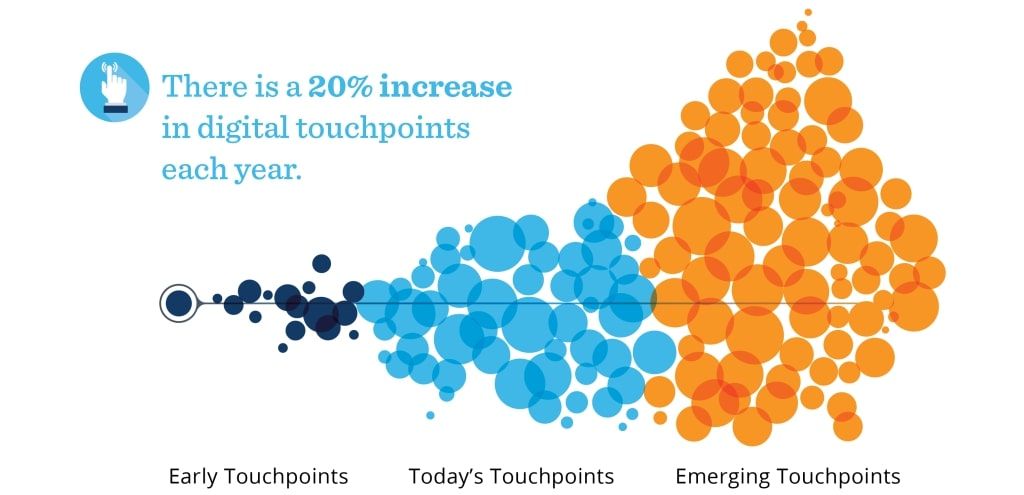
Continuously needing to keep "feeding the feed", meeting consumer's expectations of having content always when they refresh their feed, means having a continuous stream of brand content. This brand content, in centralised global-to-local brand campaign launches means creation and management thousands of different formats, sizes, language versions and specs of brand assets, with continuous upstream and downstream communication flows between headquarters who oversee brand execution and countries or retailers that implement the brand content. Given that branding execution, how to get to a targeted brand implementation or implemented brand expression on digital is in the heads of brand managers in form of a heuristic, this means that they have to be deeply involved in the digital production of brand assets. As a result brand talent is overwhelmed by operations and micro-management of agencies and digital production operations (one Brand Manager vs thousand of Digital Touchpoints) and collectively unable to move further, grow further and advance brand knowledge and discover and explore new worlds of practices.
Brand talent is overwhelmed by operations and micro-management of agencies and digital production operations
Whenever brand professionals don't know what and why they're doing something they's say it is brand awareness building. If you try (like we did) do develop Digital Brand KPIs and develop 360 Digital Brand Guidelines how a brand must look and feel and how is it measured on digital in brand development and brand execution phases you'll meet a wall of inability to attach clear rules that you could translate and codify for them to be measured. Digital is very clear. Its either a 1 or a 0. Measurable in all of its aspects, whether it is a process or output. Branding on the other side as in mentioned case of P&G is still on the level of heuristic within companies. This of course, not only undermines the brand equity building capability, as one of the most important competitive advantages of an organisation, but also sets back the organisation as it copes with variance in execution or even executional ambiguity.
Digital is very clear. Its either a 1 or a 0. Measurable in all of its aspects, whether it is a process or output
Codifying Global Branding Operations to Internalise Branding Execution Knowhow
Knowledge about business processes is one of the most important assets of a modern organisation today. Current process management practices reveal problems regarding process knowledge (e.g. the process owner doesn’t know the skills of the activity performer, management is not familiar with the flexibility of organisational processes, Best Practices/Benchmarks are not accessible or are unknown). Organisations have to deal with distributed, undocumented, contradictory, misunderstood, and often inaccessible process knowledge. The consequences are higher costs, poorer performance and quality, unfulfilled requirements and, in the end, unsatisfied internal and external customers.
Source : "The business process knowledge framework"
Process knowledge is available in people’s heads.
Process knowledge is available in people’s heads. Examples include the heads of employees, heads of representatives of external stakeholders, customers, suppliers and partners. Process knowledge in people’s heads differs strongly according to its scope and its degree of abstraction. Some employees are familiar only with particular process activities, whereas a quality manager may have an overview of an entire process. A department manager will have a relatively detailed knowledge about processes within his range, whereas an executive manager generally gets along with overview knowledge. Knowledge management and management of business processes are two (often) separated but inseparable areas.
Knowledge management in terms of business processes is the best route for organisations to follow
Business processes should incorporate activities related to generation, codification and transfer of critical organisational knowledge. Knowledge management, organisational learning and business processes are all inextricably linked. Citing the author of the book "Knowledge and business process management" Vlatka Hlupic, "we believe that considering knowledge management in terms of business processes is the best route for organisations to follow', we propose codifying branding operations in global-to-local execution through SO DIGITAL global brand operations excellence platform.
Branding execution process knowledge once organisationally defined is standardised and codified in the shape of a business process management platform available across different organisational levels such as GLOBAL - EMEA - COUNTRY - RETAILER.
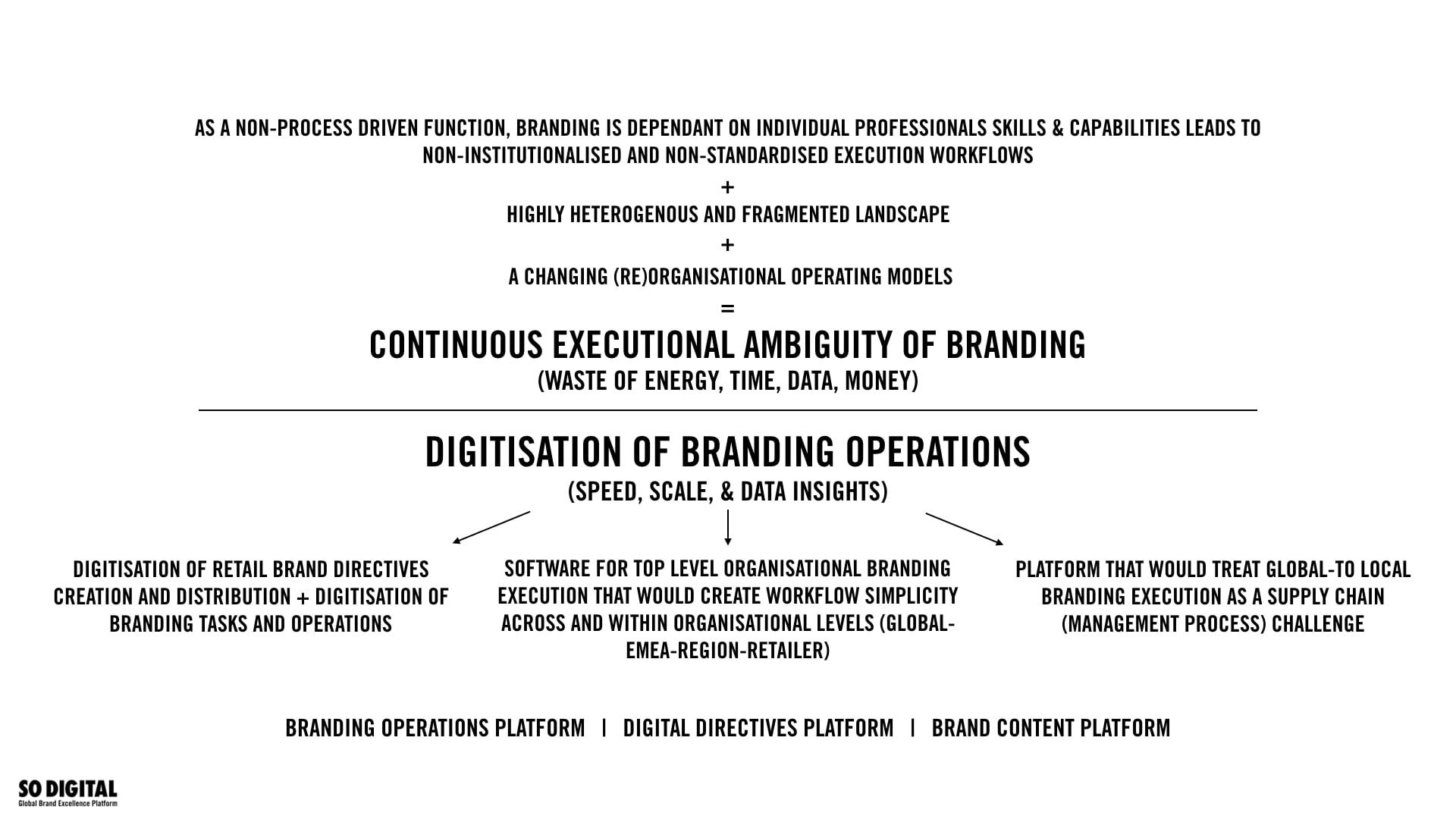
SO DIGITAL provides global brands with both technology solutions and scalable talent resources that help global brands and their headquarters achieve economies of scale and scope and reduce organisational complexity costs. Our solutions create organisational simplicity and deliver speed & efficiency in execution across markets by standardising and codifying (branding) operations. We establish clear roles and responsibilities and translate it to platform interface in shape of user levels. we secure process implementation by defining chain of actions with defined goals to be completed by each user level within a predefined time frames and other user action dependencies.
Instead of being buried in endless chain of emails, brand professionals are able to perform all of their campaign execution related tasks in connection to other organisational levels within a simple and aesthetically pleasing interface. Platform is organised with a supply chain perspective and vertical and horizontal process visibility - meaning that all participants see the phases and action points that are time and role relevant with progress stage indicators. Given that the campaign assets and information flows are centralised and shared among participants each organisational level has a visibility of the progress / stage of the campaign which removes excess emailing on alignment issues, minimising time costs.
Platform collects both process and output data per defined use - meaning that users can define the desired reporting on campaign success and build upon reports with 3rd party tools. Also that there’s an organisational campaign execution performance metric - how fast or how slow does an organisation roll-out a campaign globally.
Once implemented SO DIGITAL platform(s) also can play a role cloud based Brand Excellence Hub : online assistance location to develop branding materials that conform to established brand guidelines; obtain immediate decisions on branding requests; deliver real-time information about various brand activities in the organisation; and offer online brand programmes and interactive training exercises in different languages to accommodate employee employees and partners throughout the world.
Contact us today for a no-commitment walk through of SO DIGITAL platform solutions implemented for clients like Nike EMEA and Uber EMEA.
---------------------------------------------------------------------------------------------------------------
References :
Roger Martin, Roger L. Martin : "The Design of Business: Why Design Thinking is the Next Competitive Advantage", Harvard Business Press, 2009.
Vlatka Hlupic, "Knowledge and Business Process Management", IGI Publishing (August 31, 2002)
Janez Hrastnik, Jorge Cardoso, Frank Kappe : " The business process knowledge framework"http://jorge-cardoso.github.io/publications/Papers/CP-2007-041-ICEIS-The-business-process-knowledge-framework.pdf
Tejvan Pettinger, "The knowledge economy" https://www.economicshelp.org/blog/27373/concepts/the-knowledge-economy/
OECD Glossary https://stats.oecd.org/glossary/detail.asp?ID=6864
Tsapenko, I.P. & Yurevich, M.A. Her. Russ. Acad. Sci. (2014) 84: 272. https://doi.org/10.1134/S1019331614040042
Knowledge Management 101: Knowledge Management Cycle, Processes, Strategies, and Best Practices https://www.smartsheet.com/knowledge-management-101

